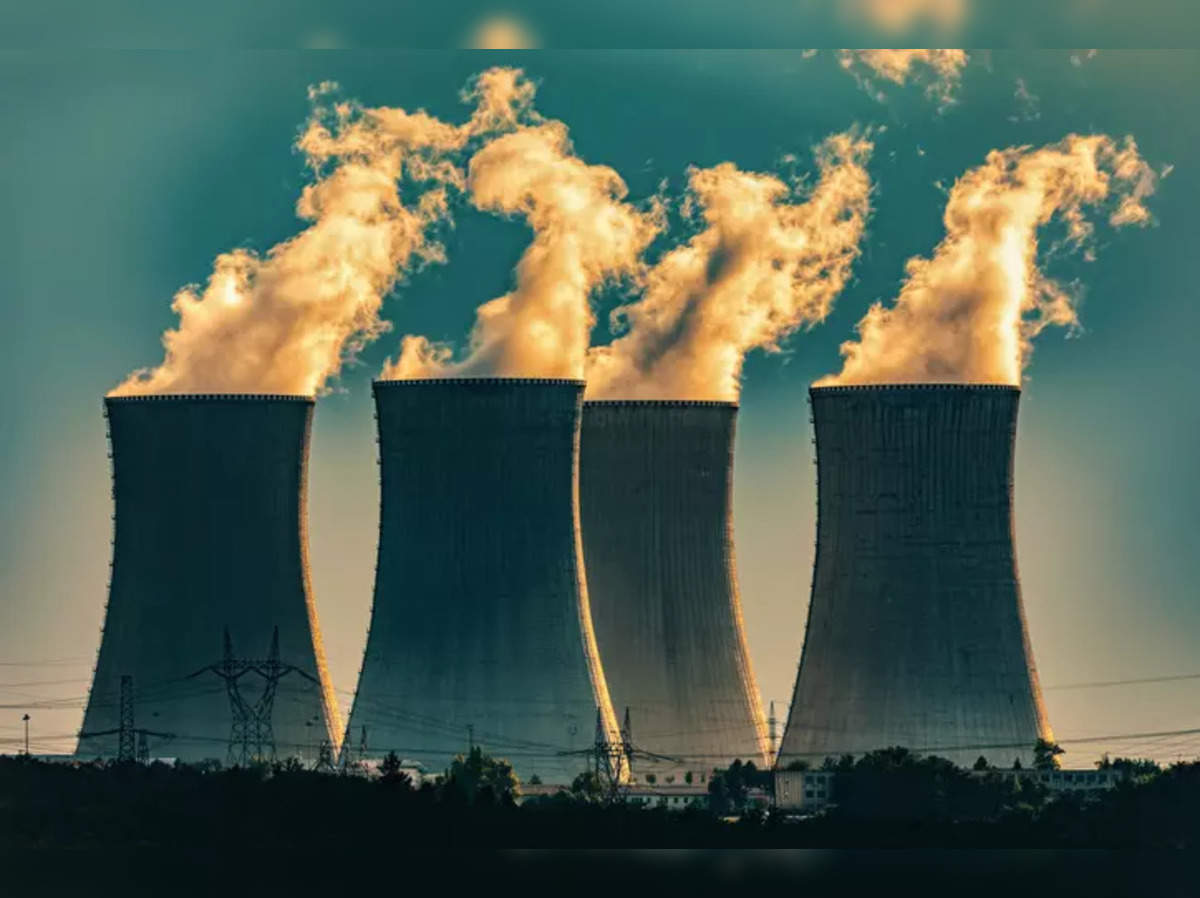
The Department of Atomic Energy (DAE) is starting a novel project to convert two experimental reactors into nuclear power pilot plants that will produce green hydrogen.
This massive initiative intends to show off nuclear technology's adaptability and agility while also advancing India's aspirations for sustainable energy.
The Indian High-Temperature Reactor (IHTR), created by the Bhabha Atomic Research Centre in the middle of the 2000s, is one of the reactors that is the focus of this transition.
The IHTR was originally intended to create hydrogen by thermochemical water splitting, a procedure that uses heat rather than electricity, as reported by Businessline in December 2021.
This cutting-edge reactor could produce up to 7,000 kg of hydrogen, 18 MW of heat energy per hour, and an enormous 9 million litres of desalinated water each day.
The conversion of the IHTR and another experimental reactor to produce green hydrogen signals a strategic shift in India's energy landscape.
Due to its heavy reliance on fossil fuels, the nation is under tremendous pressure to switch to greener options.
Nuclear or renewable energy sources can be used to produce green hydrogen, which is a promising alternative for decarbonising a number of industries and sectors, including transportation and manufacturing.
The use of current nuclear infrastructure to produce hydrogen has a number of benefits. The high-temperature heat needed for thermochemical water splitting is already present in reactors, obviating the need for additional renewable energy sources like solar or wind.
Additionally, compared to the construction of completely new hydrogen production facilities, upgrading existing reactors offers a possibly faster and more affordable approach.
Sure, there will be obstacles to overcome.
Reactor modifications for alternative uses requires careful technical and safety considerations.
A detailed assessment of the economic and technological viability of producing green hydrogen using nuclear power is required.
It is also necessary to address public perceptions and concerns about nuclear safety through open and efficient communication.
Regardless of the obstacles, the DAE's effort demonstrates India's dedication to exploring innovative approaches for sustainable energy.
India's ability to produce green hydrogen using its current nuclear infrastructure might revolutionise both its energy security and its standing as a global leader in combating climate change.
As the project proceeds, it will be critical to maintain a focus on technology developments, environmental issues, and public engagement to ensure a smooth transition to a greener future.
